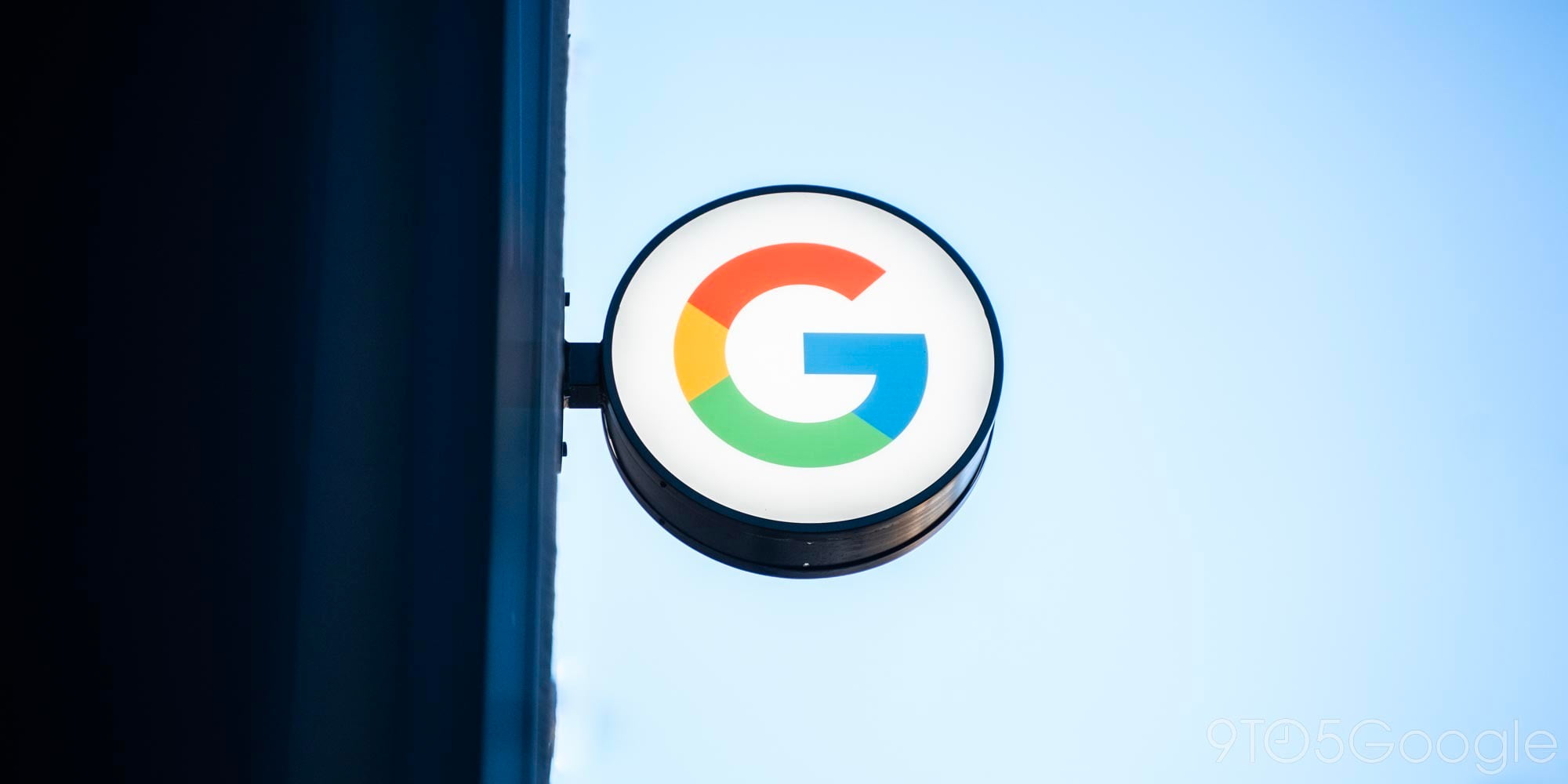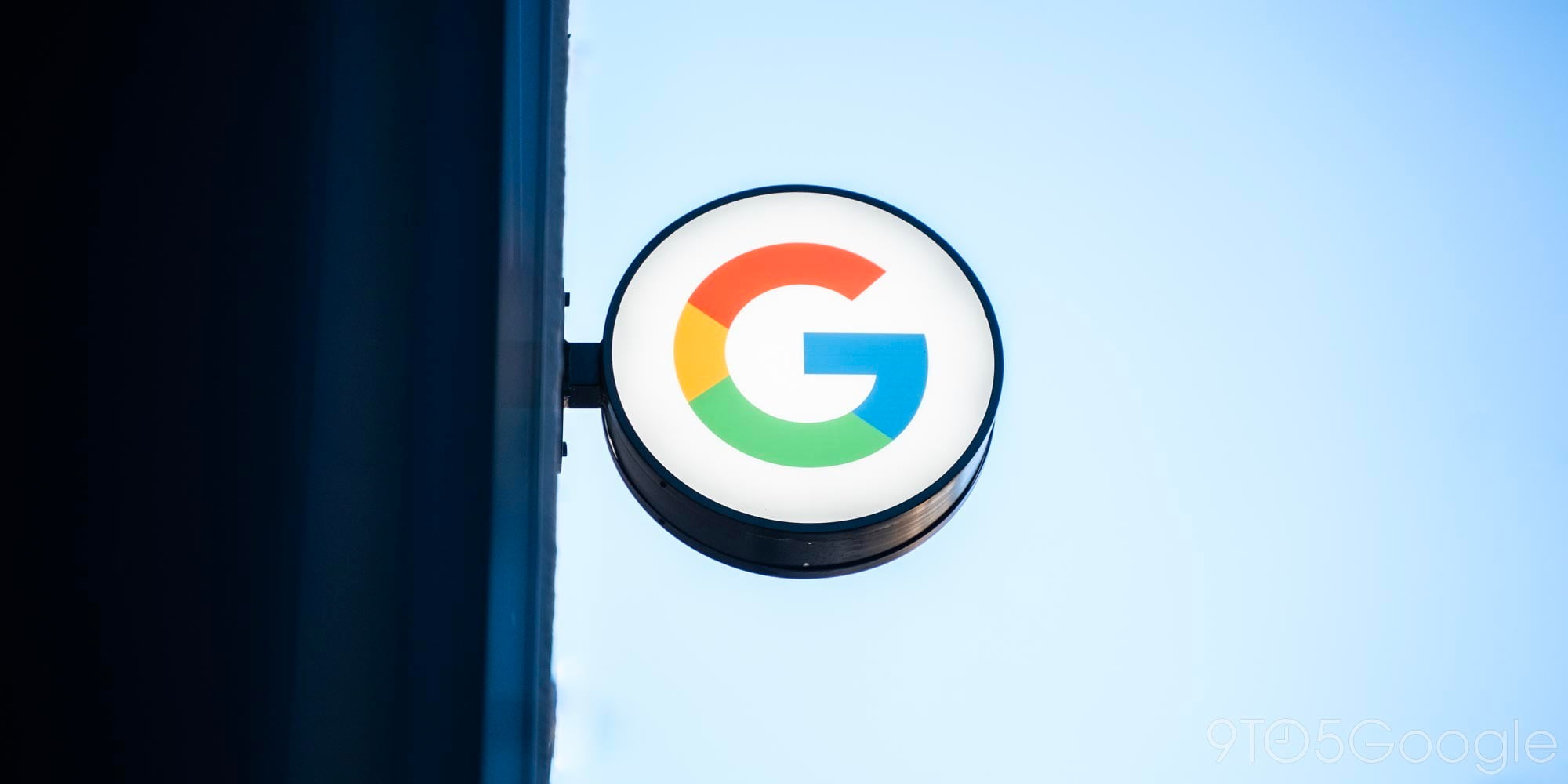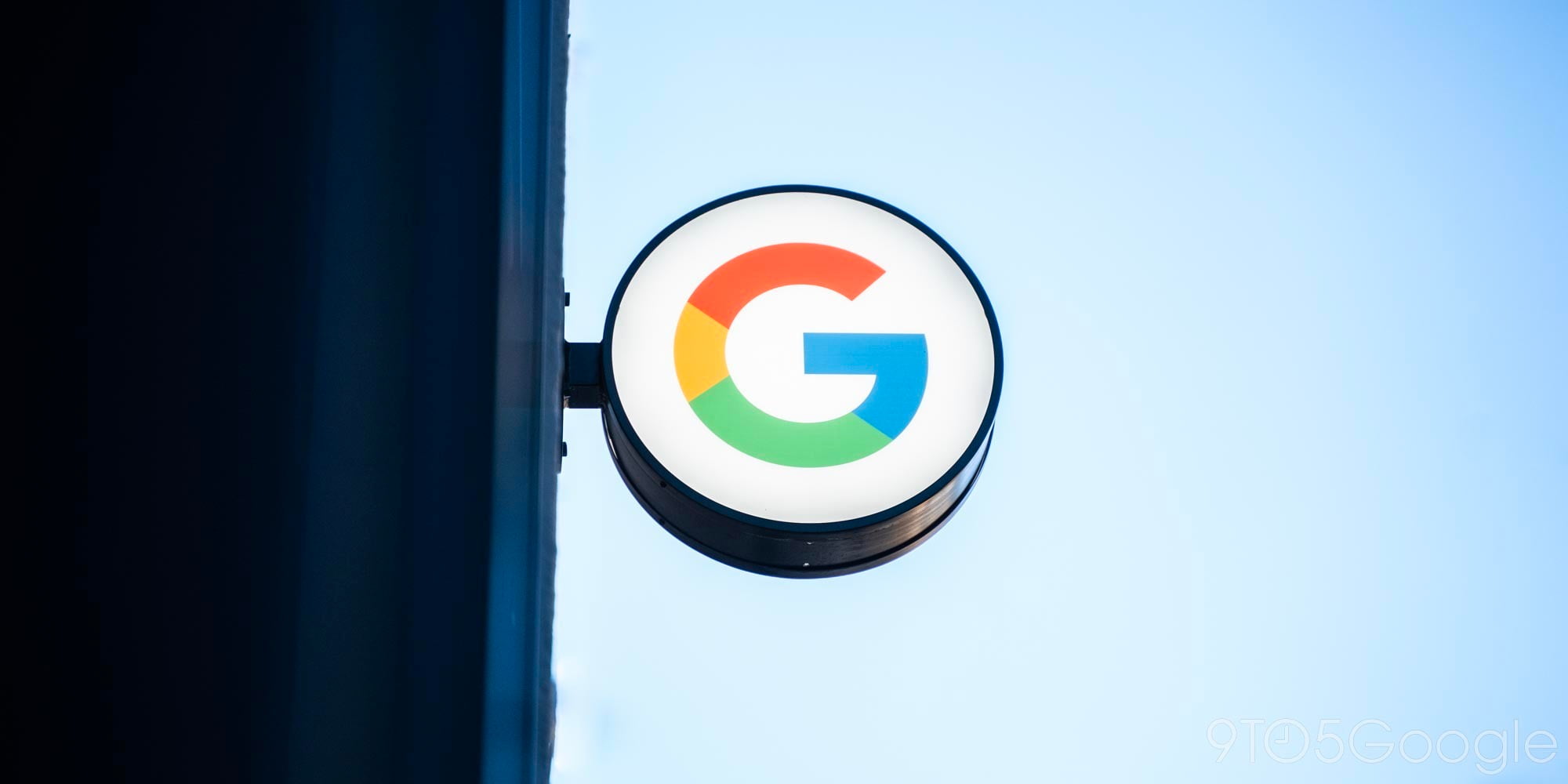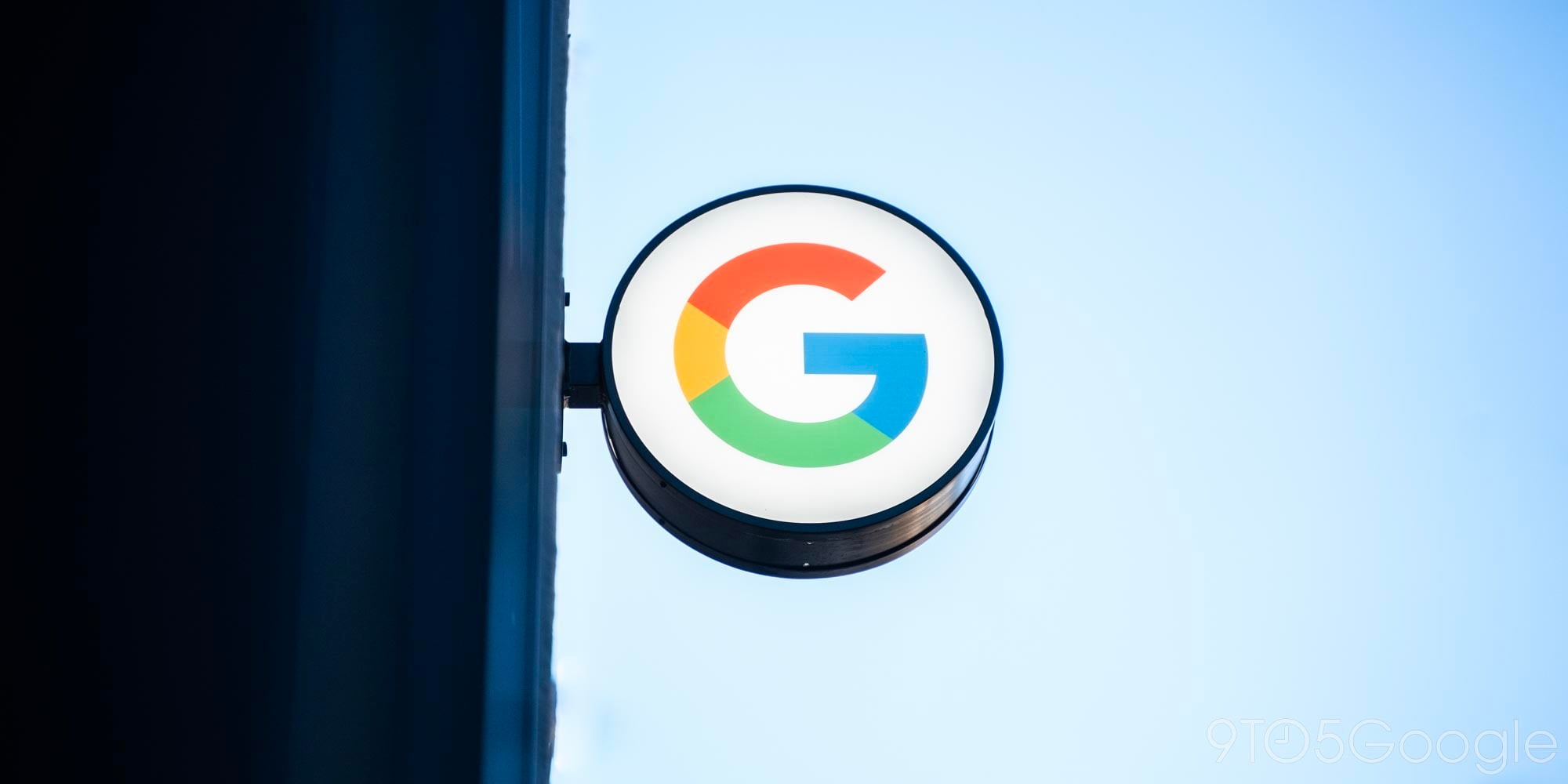
Hitachi Maxell has developed a new lithium-ion battery which could increase a portable product’s capacity without increasing its battery’s thickness. In fact, it has twice the capacity of its current technology, thanks to a newly developed silicon-based material used as the battery’s negative electrode.
The new technology, named ULSiON, uses a composite material made by coating the surface of its Silicon-based layer with carbon. Although typical silicon-based negative electrode layers tend to expand and contract, causing swollen batteries, the new technology reduces that risk significantly by using fine silicon particles.
Using the ULSiON technology, Hitachi will be able to make batteries that are really small, but don’t sacrifice capacity.
“(By using the new material,) we will realize compact lithium-ion batteries that have a width of 13mm or less and an energy density twice as high as that of the existing product of the same size,” the company said.
In practice, this could mean smartphone makers can continue to make slim devices with small, but powerful batteries. Perhaps more importantly, the ability to make small batteries with high capacity is ideal for the rising demand for wearable technology. Smartwatches with 2-day battery life could potentially be much smaller and thinner. Or even better, smartwatches could retain their current thickness and have 4-5 day battery life.
Hitachi expects that the ULSiON-based Li-on batteries will be used in compact devices, like wearables. It also expects demand for this technology to be in high since space is a premium, but long battery life is ideal, and current batteries don’t quite cut it.
Hitachi Maxell will show off its new battery tech at the 2nd Wearable Expo in Tokyo between January 13-15.









